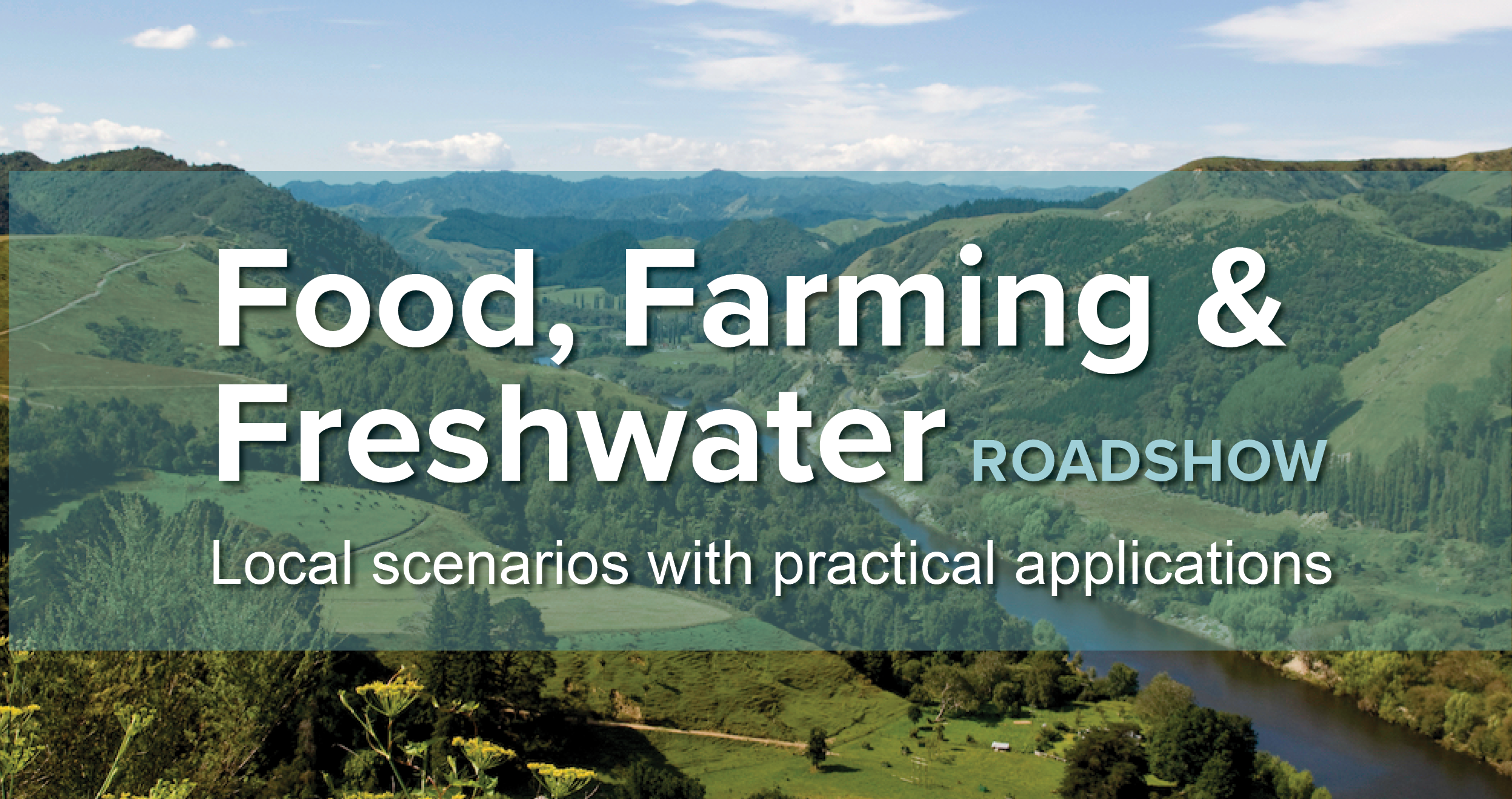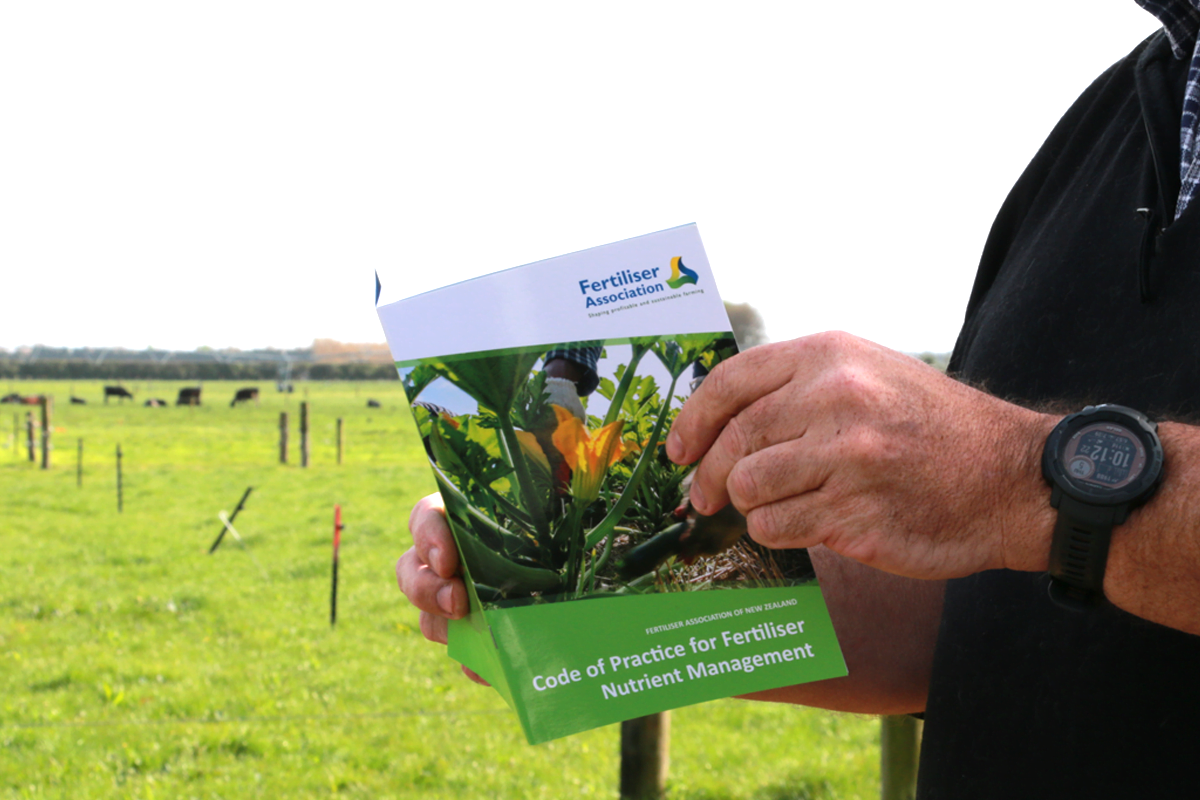November 02, 2023
-
- About UsMā mātou
- Our ScienceTe pūtaiao
- Future Landscapes Ngā Horanuku AnamataIn the future, landscapes will contain mosaics of land use that are more resilient, healthy and prosperous than today.
- Assessing Contaminants with Stream Order
- Benign Denitrification in Groundwaters
- Cascade of Soil Erosion
- Connecting Soil and Water Quality
- Crop Disease Under Climate Change
- Faecal Source Tracking
- Healthy Estuaries
- Innovative Agricultural Microbiomes
- Interoperable Modelling
- Land Use for Nutritious Diets
- Land Use Opportunities
- Land Use Suitability
- Linking Legacies to Wai
- Mapping Freshwater Contaminants
- Measuring Denitrification
- Monitoring Freshwater Improvement Actions
- Mosaic vs Monoculture Landscapes
- Next Generation Systems
- Pasture for Humans
- Peri-Urban Potential
- Phosphorus Best Practice
- Physiographic Environments of New Zealand
- Pohewa Pae Tawhiti
- Protein Future Scenarios
- Silvopastoral Systems
- Sources and Flows
- Whakatupu: Empowering Māori Landowners in Land Use Decisions
- Incentives for Change Ngā Poapoa PanoniWe want to reward New Zealand’s primary producers for producing high-value products in sustainable ways.
- Aotearoa Food Cultures
- Appropriate Use of Taonga Species
- Credence Attributes On Farm
- Early Māori Agricultural Entrepreneurship
- EU Green Deal: Impact on NZ Exports
- Eutrophication Product Footprinting
- Impact of Imported Feed Shortages
- Incentives for Data Sharing
- Indicators Working Group
- Integrating Value Chains
- Kuaha Matihiko: Digital Gateway
- Measuring Full Impacts of Land-Use Change
- New Models of Collective Responsibility
- Options for Rural Investment
- Reasons for Water Quality Improvement
- Regenerative Agriculture
- Register of Land Management Actions
- Rewarding Sustainable Practices
- Signals for Land Stewards
- The Matrix of Drivers
- Workforce Implications of Land-Use Change
- Pathways to Transition Ngā Ara WhakawhitiWe are growing understanding of what it takes to transition to resilient, healthy and prosperous futures, and are developing tools to help.
- Connecting Food Producers and Consumers
- Diverse Experiences of Farming
- Enhancing Assurance Schemes
- Future Scenarios for Arable Agriculture
- Implementing Te Mana o Te Wai
- Land-Use Scenarios for Nikau Farm
- Lessons from Our Land and Water
- Mauri Whenua Ora
- Next Generation Influencers
- Predicting Agricultural Research Adoption
- Pūhoro STEMM Academy
- Retiring Farmland into Ngahere
- Revitalise Te Taiao
- Rural Professionals Fund 2020–21
- Rural Professionals Fund 2021–22
- Rural Professionals Fund 2022–23
- Rural Professionals Fund 2023–24
- Science in Freshwater Policy Development
- Shared Vision for Land Use in Marlborough
- Storying Kaitiakitanga
- Synthesis Scenarios for Future Land Use
- The Collaboration Lab
- Trust and Social Licence
- Urban-Rural Partnerships for Equal Change
- Whenua Life Values
- Future Landscapes Ngā Horanuku AnamataIn the future, landscapes will contain mosaics of land use that are more resilient, healthy and prosperous than today.
- News + EventsHe pānui
- Resources Ngā rauemi
- View by topic
- Climate Change
- Collaboration
- E.coli
- Farm Environment Plans
- Farm Management
- Farming for Good
- Increasing Value
- Irrigation
- Land-Use Change
- Measuring Water Quality
- Mitigation
- Nitrogen
- NPS-FM
- Nutrient Management
- Phosphorus
- Regenerative Agriculture
- Sector Transformation
- Sediment
- Social Licence
- Te Ao Māori
- Te Mana o Te Wai
- Winter Grazing
- View by topic
- ContactWhakapā mai
Resources for
Regional Authorities
Paul Sutherland
You are here: Home Roles Regional Authority
People in local government can help farms operate in ways that ensure the health of our land and water. Our resources can help you increase your local community’s understanding of the drivers for regulation, undertake effective collaboration, and improve decision-making in catchments.
Showing 1 - 12 of 51 results
Journal Article
Water quality issues facing dairy farming: potential natural and built attenuation of nitrate losses in sensitive agricultural catchments
We developed a conceptual catchment-scale modelling analysis assessing potential natural and built attenuation of nitrate losses from dairy farming in the Tararua and Rangitikei catchments…
Video
Climate Change Impacts on Land Use Suitability – webinar
This webinar discusses the potential impacts of climate change on pastoral, arable and horticultural farm systems, and appropriate adaptation measures. Anne-Gaelle is leading the Climate…
Guidance
Heartland Strong: How Rural New Zealand can Change and Thrive
This book, based on years of research, shows how, and provides useful insights into, the ongoing process of change in rural communities and the resources…
Journal Article
Does collaborative governance increase public confidence in water management? Survey evidence from NZ
Collaborative decision-making is widely understood as a democratic corrective to top-down forms of environmental management; it is a way in which citizens can contribute local…
Guidance
Think ‘Outside the Room’ When Collaborating with Community
Involving small groups of community members in local government decisions doesn’t mean the wider community will trust those decisions. Increasing trust may require engagement with…
Summary
Revealing Groundwater’s Denitrification Capacity
A new way to measure denitrification in groundwater has been proved, and could make analysing groundwater’s denitrification capacity more accessible for regional councils and farmers.…
Infographic
Method for measuring denitrification in groundwater
Groundwater contains dissolved nitrogen gas (from both the air and denitrification), and dissolved argon and neon gases (which come only from the air). By extracting…
Infographic
The denitrification process
Denitrification is a natural process that reduces the amount of nitrate entering rivers and other freshwater bodies. In some groundwater systems, microorganisms turn nitrate into…
Infographic
Denitrification completeness is related to oxygen
Groundwater denitrification varied across the sites studied by the Benign Denitrification in Groundwaters project. The main end product of groundwater denitrification (nitrogen gas or nitrous…
Interactive Tool
Map of Total Nitrogen Excess and Reduction Potential
An interactive map shows the total nitrogen (TN) in excess of current national rules and the potential for mitigation strategies to reduce TN losses from…
Video
More diverse, resilient, healthy landscapes by 2030 – webinar
Farmers, growers and all those who care for our land want to help build a resilient, healthy and thriving agri-food and fibre system. The role…
Summary
Quantifying Excess Nitrogen Loads in Fresh Water
At least 43% of New Zealand’s agricultural land (31% of New Zealand’s total land area) is in catchments that are under pressure (‘pressure’ meaning the…
 View Our Strategy Document 2019 – 2024
View Our Strategy Document 2019 – 2024


